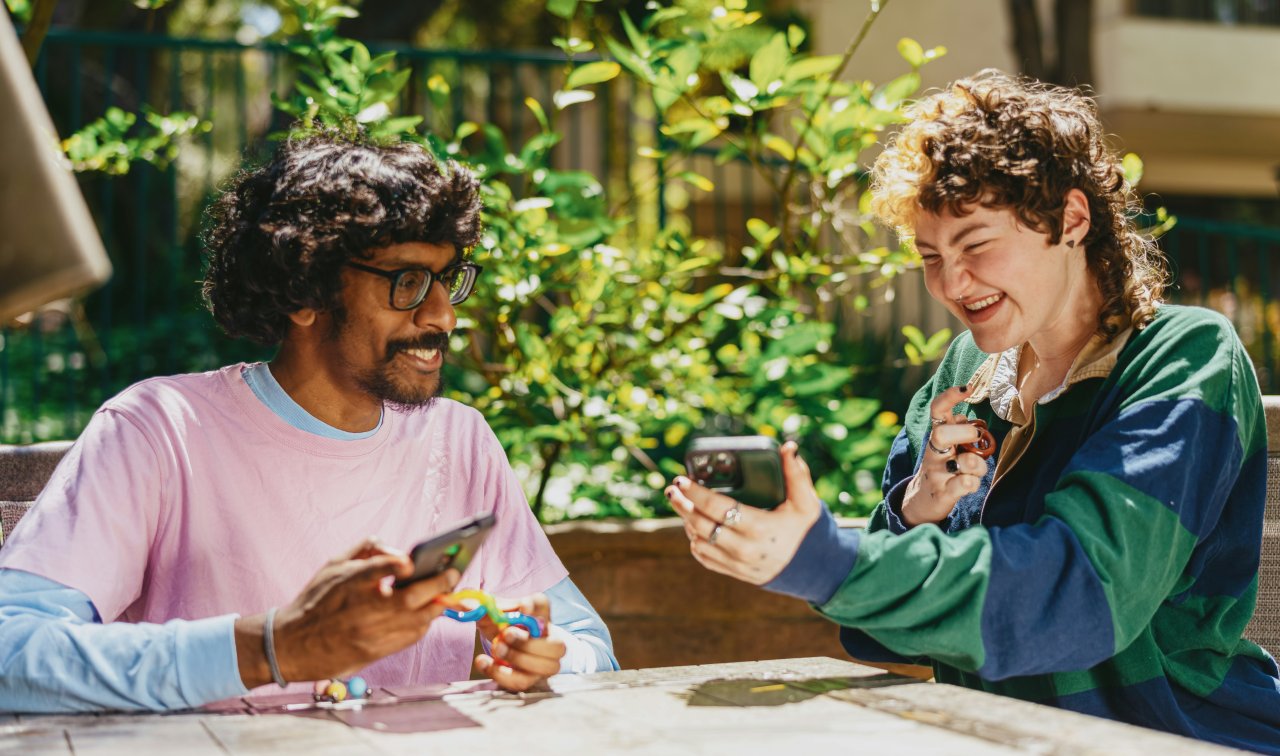In the evolving landscape of online learning, designing for neurodiversity is not just about inclusivity; it’s about creating rich, engaging, and effective educational experiences for all learners. At Pipi Learning, we understand the profound impact that undiagnosed or unrecognised neurodiversity can have. With Pipi Directors who have amazing neurodiverse sons, we’ve walked the walk as well as talking the talk. We know that when we design with neurodiverse learners in mind, we create a better learning environment for everyone.
Voiceover: A Multifaceted Tool for Inclusive Learning
Voiceover narration is a powerful tool in online learning. For learners with dyslexia, voiceover can transform a daunting wall of text into an accessible and navigable learning experience. While it is particularly beneficial for individuals with dyslexia, its advantages extend to a much broader audience.
Voiceover supports learners with low literacy skills, providing an auditory reinforcement that can aid in comprehension and retention. Additionally, it is a boon for learners who speak English as a second language. Hearing the text read aloud, especially when combined with the written word, enhances understanding and helps with pronunciation and fluency. This multimodal approach ensures that the content is accessible and engaging, breaking down barriers that traditional text-based learning often erects.
Chunking Text and Using Multimedia: Engaging All Learners
One of the cornerstones of effective online learning design is the use of chunking text and incorporating multimedia content. Breaking down information into smaller, manageable chunks helps to prevent cognitive overload, a strategy that benefits neurodiverse learners significantly. For those with ADHD, for instance, shorter, segmented information is easier to process and retain.
But this method isn't just beneficial for neurodiverse individuals; it's a universal design principle that enhances learning for everyone. By presenting information in bite-sized pieces, we make it easier for all learners to grasp complex concepts and maintain their focus. Adding imagery and multimedia content further enriches this experience. Visual aids, videos, and interactive elements cater to different learning styles, making the material more engaging and memorable.
These strategies make learning more dynamic and less monotonous, keeping learners motivated and invested in their educational journey. It transforms the learning experience from a passive activity to an active and interactive process.
Tapping into a Vast Pool of Untapped Talent
Individuals with barriers to learning represent a vast pool of untapped potential. Many neurodiverse individuals, as well as those facing other learning challenges, are eager to gain employment, upskill, and thrive. They bring unique perspectives and problem-solving abilities that are invaluable in today’s diverse workforce. Yet, traditional educational systems and rigid learning designs often leave them behind, perpetuating a cycle of exclusion and missed opportunities.
By embracing inclusive design principles, we stop 'othering' these learners and instead recognise their strengths and potential. When we create learning environments that cater to their needs, we unlock their ability to contribute meaningfully to society and the workforce. Inclusive design isn't just a moral imperative; it's a smart strategy for tapping into a rich vein of talent and potential.
A New Perspective on Learning Design
Designing for neurodiversity compels us to reimagine what effective learning looks like. It pushes us to adopt practices that, while beneficial for neurodiverse learners, enhance the learning experience for all. This inclusive approach ensures that everyone, regardless of their learning profile, has the opportunity to succeed.
At Pipi Learning, we believe that great learning design is inherently inclusive. Our experience with neurodiverse individuals informs our approach, ensuring that we create modules that are engaging, accessible, and effective for everyone. By incorporating voiceover, chunking text, and using multimedia content, we build learning experiences that are dynamic and supportive. We see the potential in all learners and strive to create environments where everyone can thrive.
Designing for neurodiversity isn't just about meeting the needs of a specific group; it’s about elevating the learning experience for all. It's about recognising and tapping into the vast potential of individuals who have been overlooked and providing them with the tools to succeed. By embracing these principles, we create a more inclusive, engaging, and effective educational landscape. So, let’s stop 'othering' learners with barriers and start designing with inclusivity at the forefront. At Pipi Learning, we’re ready to lead the way. Are you ready to join us?
